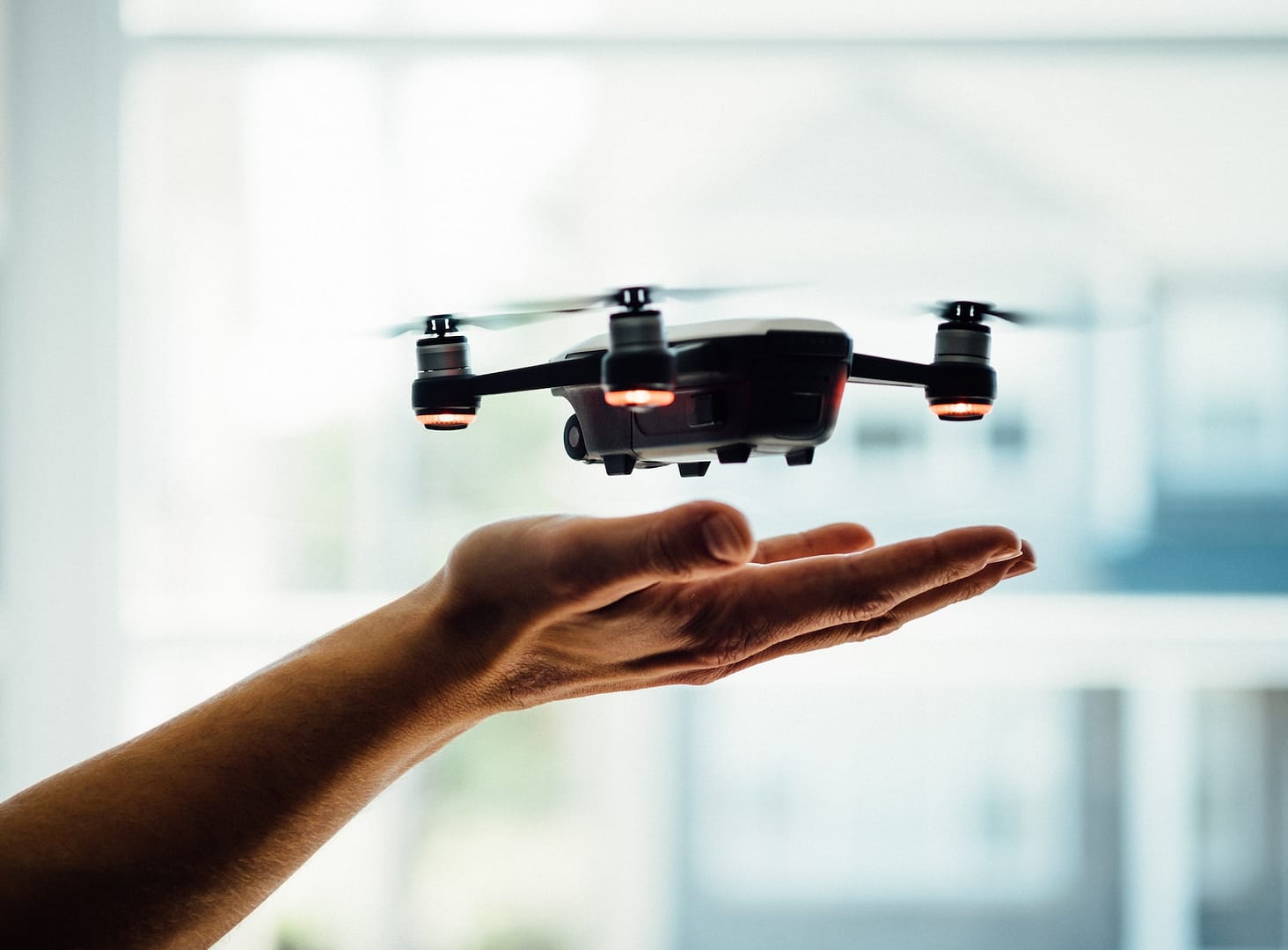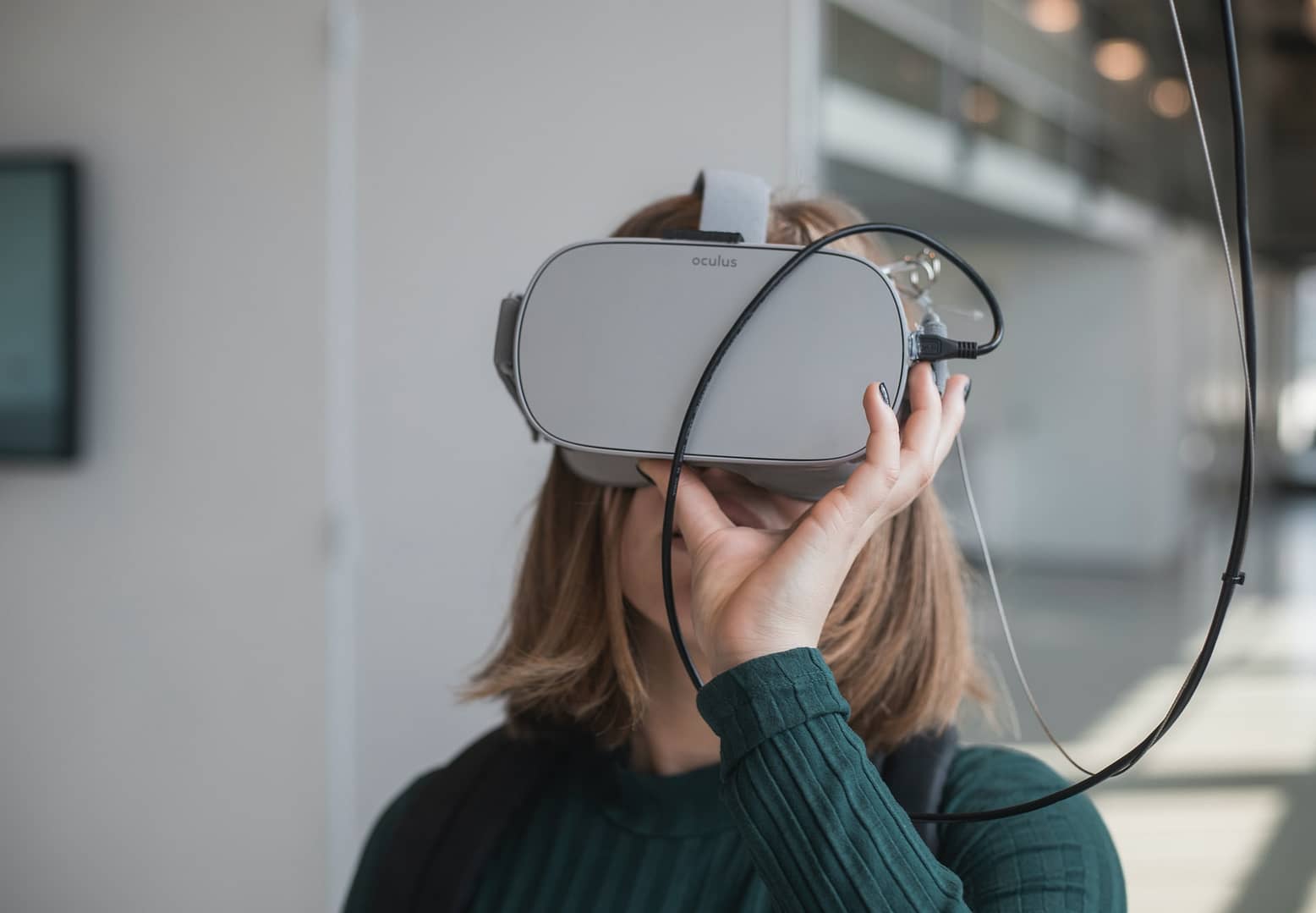In today’s fast-paced world, where technology evolves at an unprecedented rate, it’s no surprise that the workplace is also undergoing a transformation. One of the most critical aspects of this transformation is the integration of technology to enhance workplace safety. In the United Kingdom, just as in many other parts of the world, technology trends in workplace safety are making waves, promising a safer and more secure environment for employees. Let’s dive into the realm of technology-driven workplace safety trends, exploring how these innovations are reshaping the British workplace. We will also explain the best practices to follow when making an accident at work claim.
The Changing Landscape of Workplace Safety
Workplace safety has always been a paramount concern in the UK, as it should be. The nation’s commitment to safeguarding its workforce has led to stringent regulations and standards governing various industries. However, as technology continues to advance, these regulations are being augmented by innovative solutions that go beyond traditional safety measures.
What Technology is Used in the Workplace for Safety?
Wearable Technology
One of the most visible and accessible technological advancements in workplace safety is wearable technology. These devices, worn by employees, are designed to monitor their health and well-being while on the job. In the UK, companies are increasingly adopting wearable devices to enhance safety protocols.
Wearable devices such as smart helmets with built-in sensors can detect hazardous conditions like excessive heat, toxic gases, or falls, alerting both the wearer and safety personnel in real-time.
Smartwatches and fitness trackers are also being utilised to monitor vital signs and detect irregularities that could indicate health issues caused by workplace conditions.
IoT and Sensor Technology
The Internet of Things (IoT) is revolutionising workplace safety in the UK. By connecting devices and equipment to the internet, companies can collect and analyse data in real-time, allowing for proactive safety measures.
Sensors embedded in machinery and equipment can monitor performance and detect anomalies that might indicate potential hazards or the need for maintenance.
In industrial settings, IoT sensors can track environmental factors like air quality and temperature, ensuring that employees are not exposed to harmful conditions.
Virtual Reality (VR) and Augmented Reality (AR)
Virtual Reality (VR) and Augmented Reality (AR) are no longer confined to the realms of gaming and entertainment. In the UK, they are being harnessed to enhance workplace safety in innovative ways.
VR is used for immersive safety training, allowing employees to simulate hazardous situations and practice safety procedures without any real-world risks.
AR glasses can provide workers with real-time information and instructions, such as step-by-step guidance for complex tasks or immediate access to safety data.
How Technology Can Improve Workplace Safety
Real-time Monitoring and Alerts
The adoption of technology in the workplace allows for real-time monitoring and instant alerts. In the UK, this means that potential safety issues can be addressed promptly, reducing the likelihood of accidents or injuries.
For example, if a construction worker wearing a smart helmet experiences a sudden increase in body temperature due to working in a hot environment, the device can send an alert to both the worker and a supervisor, allowing for timely intervention.
IoT sensors in manufacturing plants can detect equipment malfunctions and immediately shut down machinery to prevent accidents, a vital feature in high-risk industries.
Enhanced Training and Education
Technology-driven training and education are pivotal in ensuring that employees are well-prepared to handle potential workplace hazards.
VR-based safety training immerses workers in realistic scenarios, helping them develop critical skills and experience without exposing them to actual risks.
AR-guided instructions provide employees with on-the-spot guidance, reducing the chances of errors or accidents during complex tasks.
Data-Driven Decision Making
Data is the lifeblood of modern businesses, and when it comes to workplace safety, it’s no different. In the UK, companies are using technology to collect and analyse data to make informed decisions that enhance safety measures.
By analysing data from wearable devices and IoT sensors, companies can identify trends and patterns related to workplace accidents and near misses, allowing for targeted interventions.
Predictive analytics can forecast potential safety hazards based on historical data, enabling proactive measures to prevent incidents.
The Future of Workplace Safety in the UK
As technology continues to advance, the future of workplace safety in the UK appears promising. Here are some emerging trends and innovations that we can expect to see in the coming years:
Artificial Intelligence (AI) and Machine Learning
AI and machine learning are poised to play a significant role in workplace safety. These technologies can analyse vast amounts of data to predict and prevent accidents. For instance, AI algorithms can analyse camera footage from construction sites to detect unsafe behaviours and conditions, enabling timely interventions.
Robotics
Robots are increasingly being used in hazardous environments to perform tasks that pose risks to human workers. For example, in the offshore oil and gas industry, robots can conduct inspections and maintenance in extreme conditions, reducing the exposure of human workers to dangerous situations.
Drones
Drones equipped with cameras and sensors are being employed for remote inspections and monitoring. In industries such as agriculture and utilities, drones can survey vast areas quickly and identify potential safety issues, such as damaged infrastructure or hazardous materials.
Predictive Analytics
The use of predictive analytics will become more prevalent in workplace safety. By analysing historical data and real-time information, predictive models can forecast potential safety hazards, allowing companies to take proactive measures to prevent accidents.
Making an Accident at Work Claim with National Claims
At National Claims, we understand that workplace accidents can be life-changing events. When it comes to workplace safety, staying informed about the latest technology trends is essential, but accidents can still happen. In such unfortunate circumstances, we are here to guide you through the claims process.
How We Can Help
Legal Guidance
Our team of experienced claims specialists can help with workplace accident claims. We understand the complexities of the UK legal system and will provide you with expert guidance tailored to your situation. From the moment you contact us, we’ll assess the details of your case and advise you on the best course of action.
Gathering Evidence
To build a strong case, it’s crucial to gather evidence to support your claim. Our team will work diligently to collect all relevant documentation, including medical records, witness statements, and accident reports. We’ll leave no stone unturned to ensure that your case is well-documented.
Representing You in Court
If a fair settlement cannot be reached through negotiations, our team is prepared to represent you in court. We have a strong track record of successfully litigating workplace accident cases in the UK. Rest assured that we will fight vigorously to protect your rights and interests.
The Importance of Workplace Safety Technology
While we specialise in helping individuals who have already experienced workplace accidents, we also emphasise the importance of technology trends in workplace safety. Prevention is always better than seeking compensation after an accident has occurred. By staying informed about the latest safety technologies and encouraging their implementation in your workplace, you can play a role in reducing the risk of accidents for yourself and your colleagues.

Conclusion
In conclusion, technology trends in workplace safety are not only reshaping how employers protect their employees but also how individuals can contribute to a safer working environment. At National Claims, our primary focus is on helping those who have suffered workplace accidents navigate the legal process to secure the compensation they deserve. However, we also believe that promoting workplace safety through the adoption of innovative technologies is a collective responsibility.
Contact us today and start your claim to find out more about how we deal with accidents at work.
Click below to see why we are one of the most trusted claims management companies in the UK.

We’re proud of our excellent customer reviews
We thrive on delivering exceptional service and ensuring our clients’ satisfaction. Don’t just take our word for it. Check out some of our independent reviews to see what our clients have to say.
Excellent

This firm is excellent, they sorted out my car pay out and injury claim very fast, they always communicate with you all the time.

My accident case was dealt with confidence and with great result of the outcome, especially James kept me informed all the time.

I was very impressed at the way my inquiry was treated. I was listened to attentively and everything I needed to know was explained to me.






